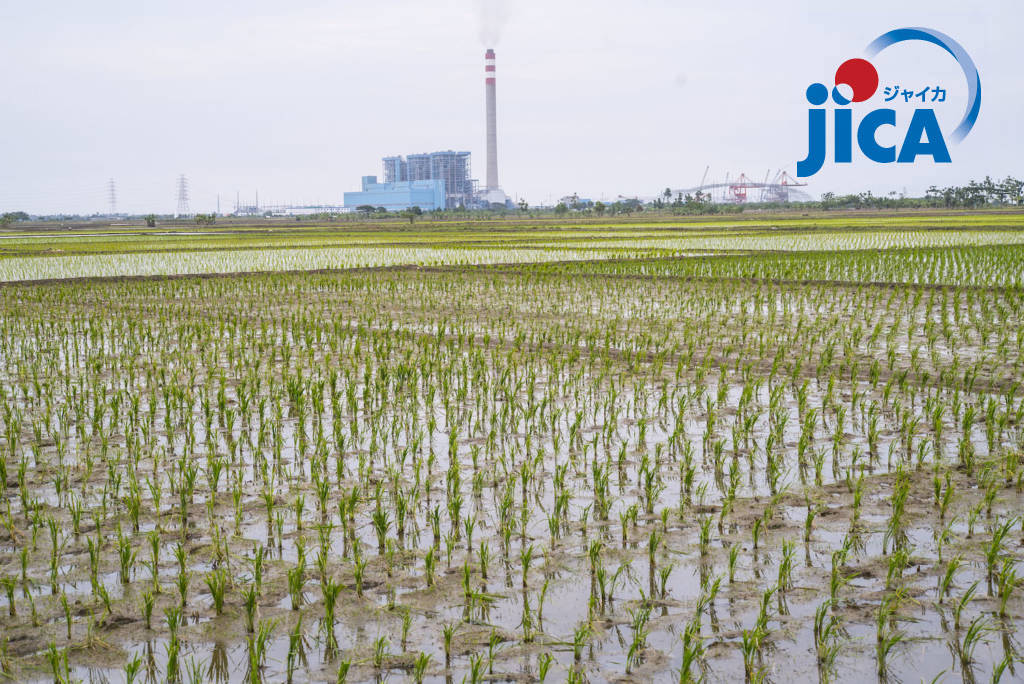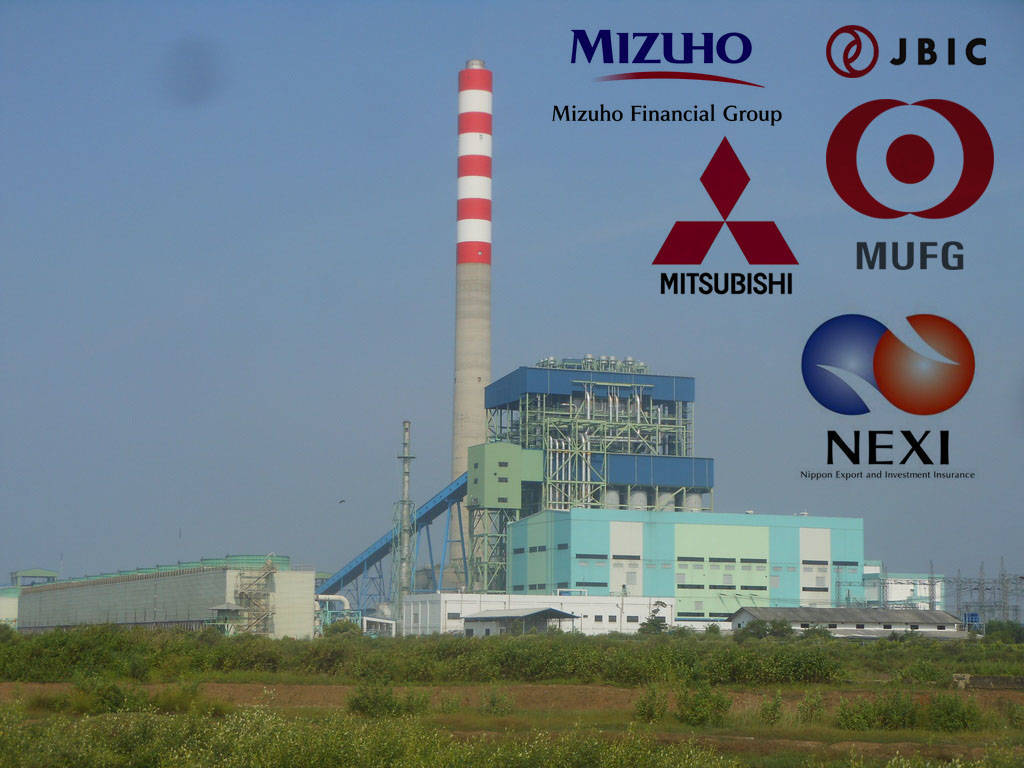Fighting the struggle from source to impact
East Asia is a critical region because it hosts many energy projects that extract and burn fossil-fuels to the detriment of the communities and ecosystems, particularly in countries like Indonesia which is one of the world’s largest producers and exporters of coal and also hosts a number of coal-fired power plants that emit high proportions of carbon dioxide.
At the same time some of the biggest funders and consumers of fossil-fuel energy are also located in the region, namely Japan, driving further warming while harming the health and livelihood of communities.
Coal is a global struggle with very localized impacts. Using the power of the global divestment movement as well as the global Keep it in the Ground movement, we help highlight how all these fights are connected.
Indonesia’s Coal Production and Export
Indonesia is one of the world’s largest producers and exporters of coal. Since 2005, when it overtook Australia, the country is leading exporter in thermal coal. A significant portion of this exported thermal coal consists of a medium-quality type (between 5100 and 6100 cal/gram) and a low-quality type (below 5100 cal/gram) for which large demand comes from China and India. According to the Indonesian Ministry of Energy, its coal reserves are estimated to last around 83 years if the current rate of production is to be continued.
There are numerous smaller pockets of coal reserves on the islands of Sumatra, Java, Kalimantan, Sulawesi and Papua but the three largest regions of Indonesian coal resources are:
1. South Sumatra
2. South Kalimantan
3. East Kalimantan
Since the early 1990s, when the coal mining sector was reopened for foreign investment, Indonesia witnessed a robust increase in coal production, coal exports and domestic sales of coal. [deleted sentence] Indonesia’s coal exports account for between 70 and 80 percent of total coal production, while the remainder is sold on the domestic market. Domestic coal consumption is increasing however as demand for coal from China and India weakens.
Source: BP Statistical Review of World Energy 2016
The big polluters’ thirst for gain has nothing compared to the peoples’ courage
There are so many struggles around the world –where people have fought hard to protect the places and people they love–to preserve something about a place that makes it safe for the future–be that the water supply, the pollution, or the impact on the climate, which affects us all.
Indonesian Production, Export, Consumption & Price of Coal
| 2007 | 2008 | 2009 | 2010 | 2011 | 2012 | 2013 | 2014 | 2015 | |
| Production (in million tons) |
217 | 240 | 254 | 275 | 353 | 412 | 474 | 458 | 461 |
| Export (in million tons) |
163 | 191 | 198 | 210 | 287 | 345 | 402 | 382 | 366 |
| Domestic (in million tons) |
61 | 49 | 56 | 65 | 66 | 67 | 72 | 76 | 87 |
| Price (HBA) (in USD/ton) |
n.a | n.a | 70.7 | 91.7 | 118.4 | 95.5 | 82.9 | 72.6 | 60.1 |
Sources: Indonesian Coal Mining Association (APBI) & Ministry of Energy and Mineral Resources
Connecting the dots between investment and coal projects
We fight to keep fossil fuel in the ground–and we build it together with the communities. In Japan we are working with the burgeoning ethical consumption movement that is starting to see finance as a critical piece.
Read more
Japanese Financing of Indonesian Coal Projects
Indramayu Power Station

The Japan International Cooperation Agency is considering a 200 million dollar loan into the Indramayu coal power plant expansion project.
Cirebon Unit II

Photo by: Friends of the Earth Japan
For the coal fired power plant Cirebon Unit 2, Japanese financial institutions are involved publicly and privately. The Japan Bank for International Cooperation (JBIC) and Nippon Export and Investment Insurance are each considering 320 million dollar loans to the project, and the three major banks of Japan (Mizuho Financial Group, Sumitomo Mitsui Banking Corporation, Mitsubishi UFJ Financial Group) are considering loans of 128 million dollars each. Japanese public and private financial institutions comprise 64% of the loans being considered for this project.
Source
Protest at the source
Last March, a group of Indonesian residents and activists were in Japan to demand that the Japanese Government and banks do not finance the Indramayu coal power plant expansion project (1000MW) and Cirebon 2 coal-fired power plant project (1000MW), located in West Java.
